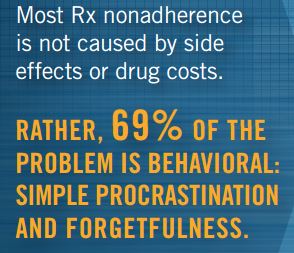First Impressions Made Passively Have Strong Bias
Monday, March 10th, 2014 So we all know that first impressions are created quickly and can be very hard or even possible to reverse. Most of the natural logic we use to form first impressions is unconscious and automatic. It can lead to some bad outcomes and may even sit at the center of our long-standing failure to make hiring and employee evaluation decisions well.
So we all know that first impressions are created quickly and can be very hard or even possible to reverse. Most of the natural logic we use to form first impressions is unconscious and automatic. It can lead to some bad outcomes and may even sit at the center of our long-standing failure to make hiring and employee evaluation decisions well.
Given its importance in organizational decision-making and interaction, the natural logic of first-impressions is of concern to cognitive designers. That’s why I am always on the look-out for new scientific studies that offer actionable insights for innovators.
For example, several studies presented at the annual conference for the Society for Personality and Social Psychology offer insight into the natural logic of how we form first impressions using descriptive versus visual information, when searching for a romantic partner and through on-line or otherwise passive means. The results are summarized nicely in the blog post even facts will not change first impressions.
Of special interest is the study that compares the natural logic of how we form first-impressions in person versus more passively by watching a person, reviewing Facebook photos or watching a video tape. The researchers found:
“In all cases, the passive means of making impressions were as accurate as the active ones. “However, there is an extremely large difference in the positivity of impressions,” he says “More passive impressions are substantially more negative.”
Bottom line for designers: First impressions made passively (virtually) have a strong negative bias.
Perhaps we have an inherent and deep distrust of things we don’t experience first hand.










